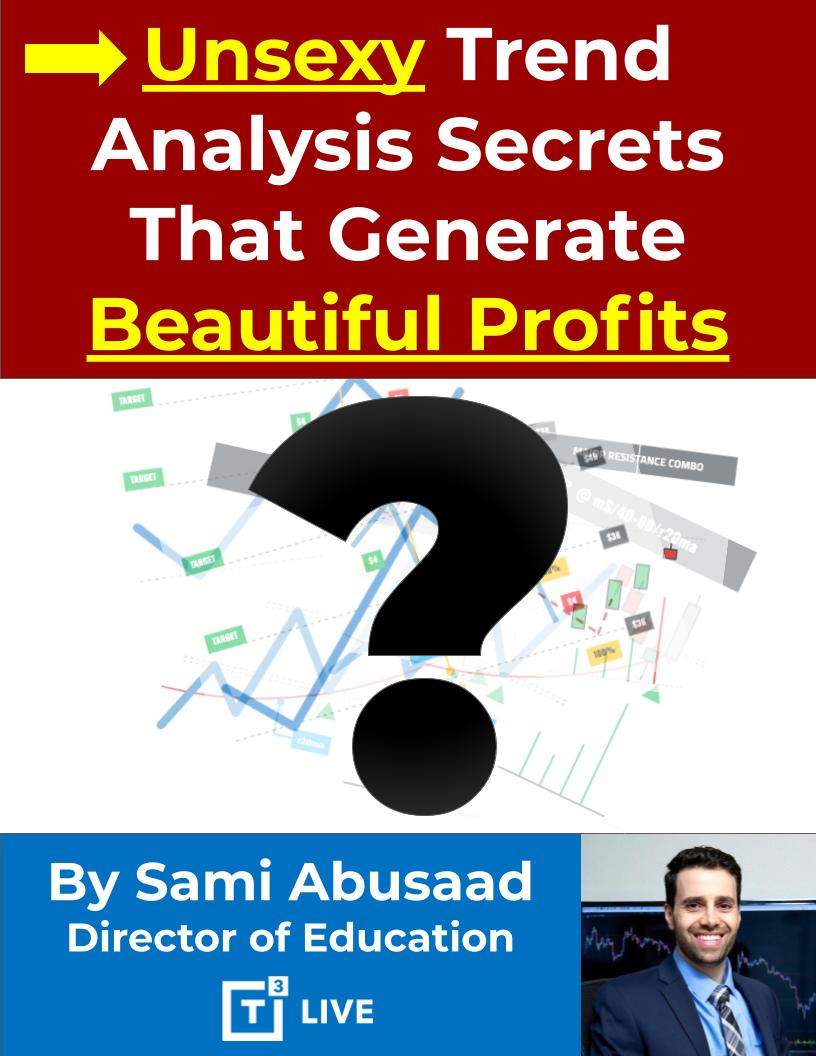TETF: A Cosmo Kramer Approach to ETF Investing?
In recent years, investors have been plowing mountains of dough into passive index ETF's.
Why?
Because actively-managed mutual funds and hedge funds have 2 major disadvantages:
1) Poor performance
2) Higher expenses
So when the ETF Industry Exposure & Financial Services ETF (TETF) launched today, I couldn't help but take a close look at this new ETF.
This new fund follows the Toroso ETF Industry Index, which provides exposure to publicly-traded companies in the ETF industry.
My initial thought was that it sounds like Cosmo Kramer's coffee table book about coffee tables:
But Kramer's book overdelivered on its promise — not only is the book about coffee tables, but the book itself is a coffee table.
Meanwhile, TETF is a plain-vanilla bank/brokerage industry ETF using a hot keyword for marketing purposes.
Here is a breakdown of the fund holdings from the press release:
Tier 1, 50% of the Index's exposure, is made up of companies with substantial participation in the ETF industry, providing direct financial impact to shareholders, including BlackRock, Charles Schwab, Invesco, State Street, WisdomTree, and more.
Tier 2, 25% of the index's exposure, is made up of companies with substantial participation in the ETF industry, providing indirect financial impact to shareholders, including KCG Holdings, NASDAQ, Intercontinental Exchange, Inc., and more.
Tier 3, 15% of the Index's exposure, is made up of those companies with moderate levels of participation in industry, including Bank of New York Mellon, US Bancorp, FactSet, Ameriprise Financial, and more.
Tier 4, approximately 10% of the Index's exposure, includes companies that are new or participating in a smaller way in the ETF industry relative to their overall focus, and includes such names as Morningstar, Eaton Vance, Goldman Sachs, Legg Mason, Citigroup, and more.
The problem is there are very few pure ETF companies, aside from WisdomTree (WETF).
According to BlackRock's (BLK) most recent quarterly earnings report, just 37% of its assets are ETF's.
And many of these companies, like State Street (STT) and Invesco (IVZ) have plenty of exposure to actively managed mutual funds — the very market the ETF business is supposed to be killing.
So I can't see a reason to consider TETF over something like XLF.
XLF has a much lower expense ratio (0.14% vs. 0.64% for TETF), plus it's more liquid, it's optionable, and it has a long trading history.
And odds are they're going to have pretty similar performance over the long run anyway.
This is why it's important to take a deep look at trendy ETF's — odds are there's already something on the market that does the same job at a lower price with better liquidity.
On a related topic, within the next 2 years, expect to see plenty of mediacal marijuana/canabis, virtual reality, and biohacking funds that are ordinary ETF's covered in the buzzword of the day.

